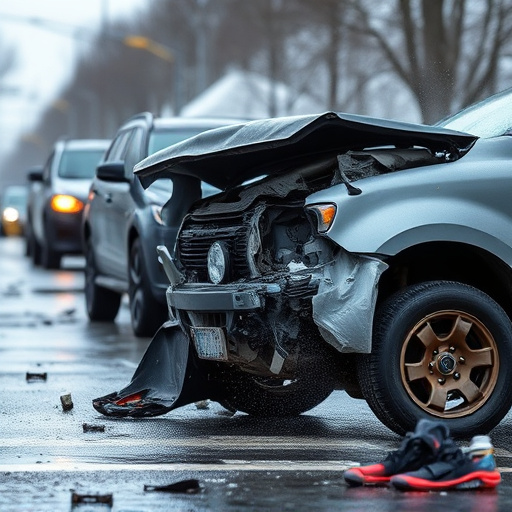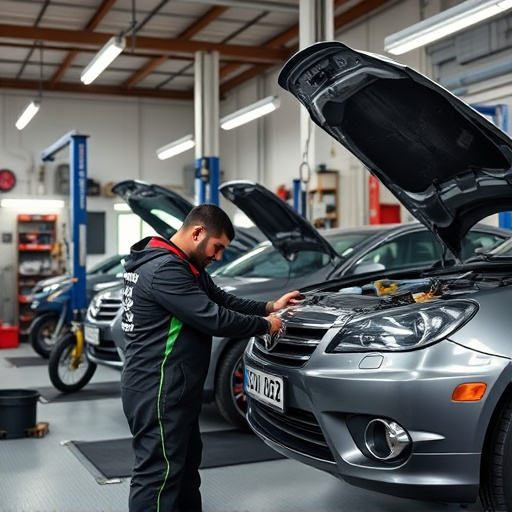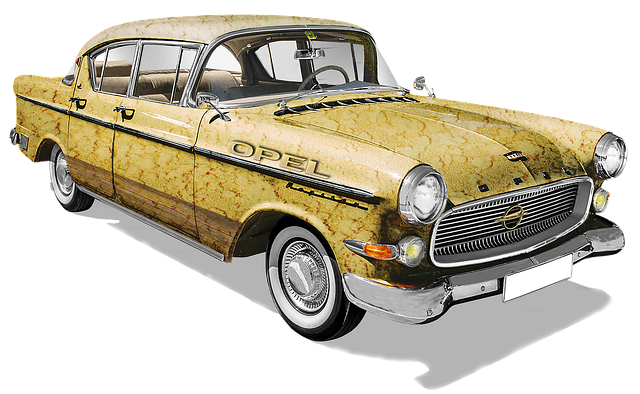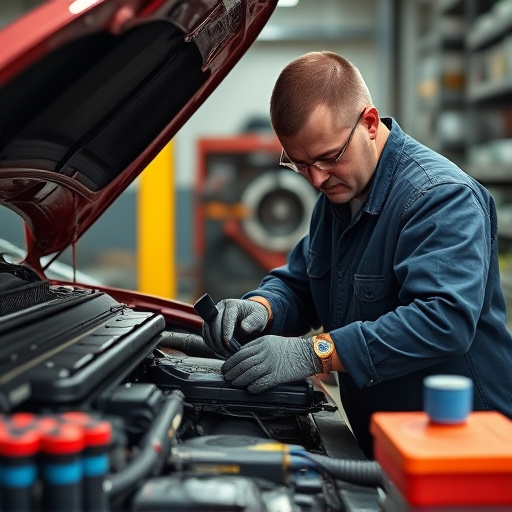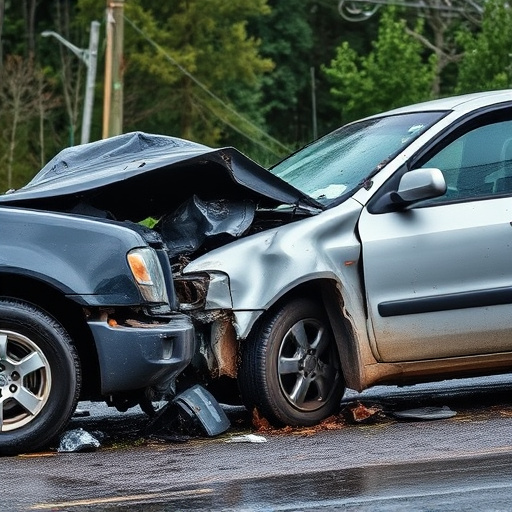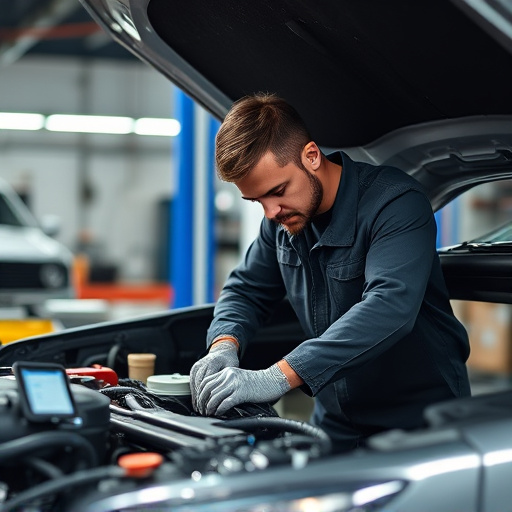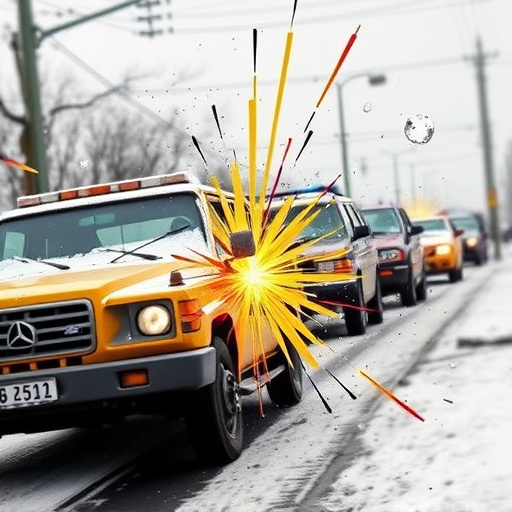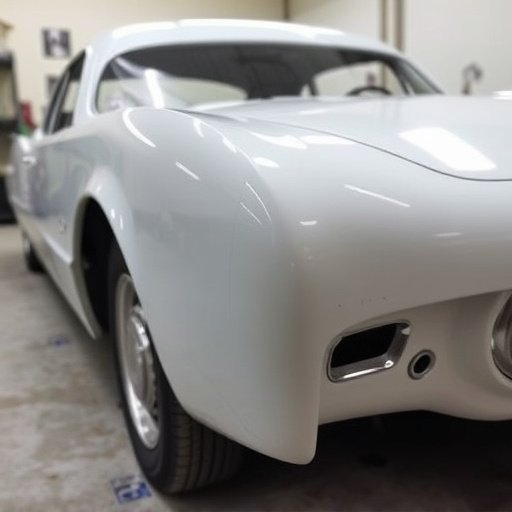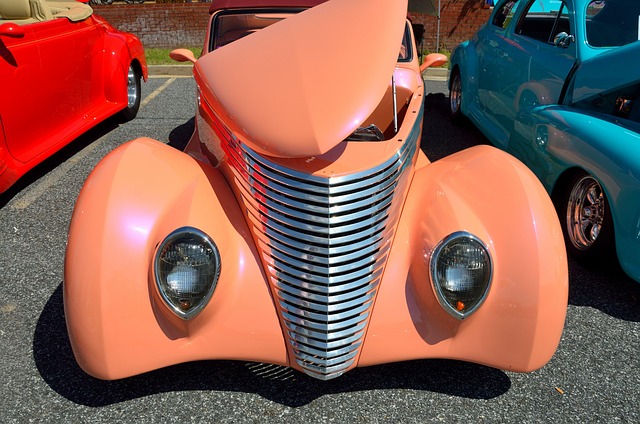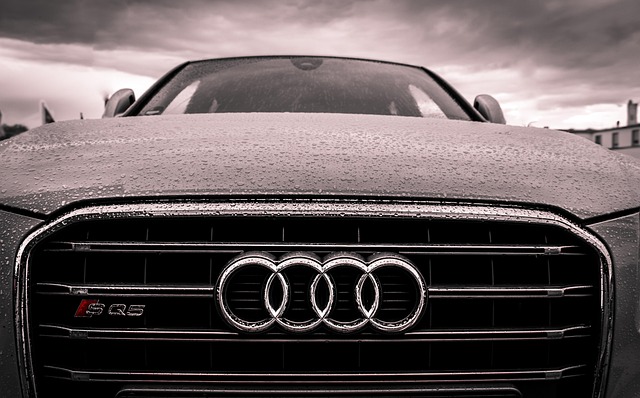Collector car damage repair involves precise dent repair, authentic painting, and meticulous detail work to meet high standards. By combining restoration with preservation, shops maintain historical value while employing advanced techniques and consistent protocols. Quality control ensures each car leaves as a testament to excellence, appealing to automotive history enthusiasts. Skilled technicians use expert methods to restore classics without compromising integrity.
In the realm of collector car damage repair, quality control (QC) is more than a checklist; it’s the difference between a restoration that pays homage to the past and one that betrays its history. This article delves into the vital role of QC in ensuring the meticulous craftsmanship required for these precious vehicles. From understanding the essentials to setting repair precision standards, we explore how QC restores value, preserving the unique character of each collector car.
- Understanding Quality Control Essentials in Collector Cars
- Damage Assessment: Setting Standards for Repair Precision
- Restoring Value: QC's Role in Collector Car Repairs
Understanding Quality Control Essentials in Collector Cars
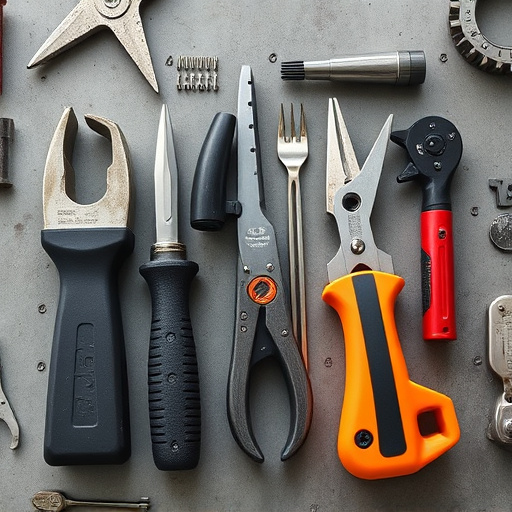
In the realm of collector car damage repair, quality control is not just a best practice—it’s an art form. These aren’t ordinary vehicles; they’re meticulously crafted pieces of automotive history. Every dent repair, every detail in auto painting, and every stroke of car paint repair demands precision and authenticity. Quality control ensures that each restoration meets the exacting standards set by both the owner and the collector car community. It involves a multifaceted approach, from meticulous inspection to standardized protocols, guaranteeing that every repair is not just functional but also aesthetically true to the vehicle’s original design.
The essence of quality control in collector car damage repair shops lies in their ability to balance restoration with preservation. This means employing advanced techniques for dent repair and meticulous attention to detail during auto painting processes. By prioritizing these aspects, repair shops maintain the integrity of the vehicle’s historical value while addressing any damage. Moreover, a robust quality control system fosters consistency, ensuring that every collector car leaving the shop is a testament to excellence in restoration, ready to take its place in automotive history.
Damage Assessment: Setting Standards for Repair Precision
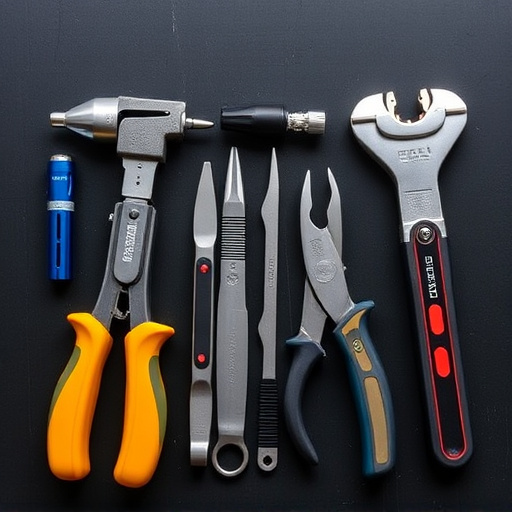
In the realm of collector car damage repair, precise and meticulous assessment is key to ensuring the vehicle’s historical integrity remains unaltered. Damage assessment involves a comprehensive visual inspection, accounting for every imperfection from denting to scratches, and comparing them against set standards specific to each make and model. These standards are crucial in guiding repairs, particularly in specialized services like paintless dent repair, where technicians use advanced tools to remove dents without affecting the original finish.
Accurate assessment also includes evaluating the extent of structural damage, especially for older vehicles whose unique construction methods may necessitate tailored approaches. This meticulous process ensures that every element is addressed appropriately, whether it’s in-house fleet repair services or specialized tire services. The ultimate goal is to restore the collector car to its original condition, preserving its value and authenticity for future generations of enthusiasts.
Restoring Value: QC's Role in Collector Car Repairs
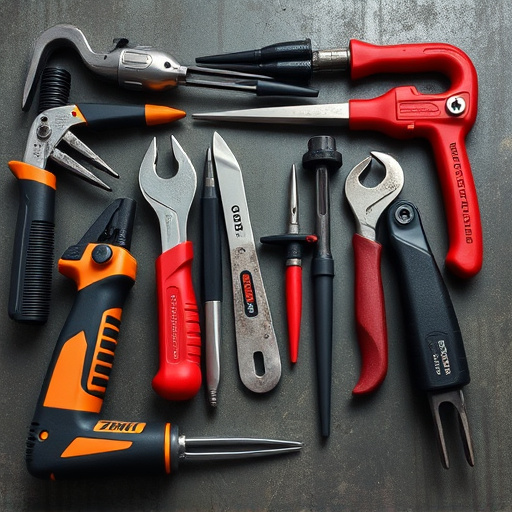
In the realm of collector car damage repair, quality control (QC) serves as a crucial game changer. Its role extends beyond ensuring precision in repairs; it is an art that meticulously restores the value and originality of these cherished vehicles. Each collector car is unique, with intricate details and historical significance, making QC vital to maintain their aesthetic and monetary worth. Skilled technicians employ advanced techniques such as expert car paint repair and meticulous dent removal to bring these classics back to their former glory without compromising their integrity.
A well-executed QC process involves a series of checks at every stage of the repair journey. From inspecting the extent of damage during the initial assessment to overseeing the final assembly, every step demands precision and attention to detail. By implementing rigorous quality standards, collision centers ensure that collector cars not only look impeccable but also retain their historical value. This meticulous approach sets them apart in a competitive market, attracting car enthusiasts who appreciate the art and craftsmanship behind restoring these timeless vehicles.
Quality control (QC) is not just a buzzword; it’s the linchpin that ensures the unparalleled value and integrity of collector car damage repairs. By implementing rigorous QC standards, repair shops not only restore these precious vehicles to their former glory but also safeguard their unique historical worth. In the realm of collector car damage repair, meticulous attention to detail, backed by robust QC protocols, is what sets apart exceptional workshops from the rest.

